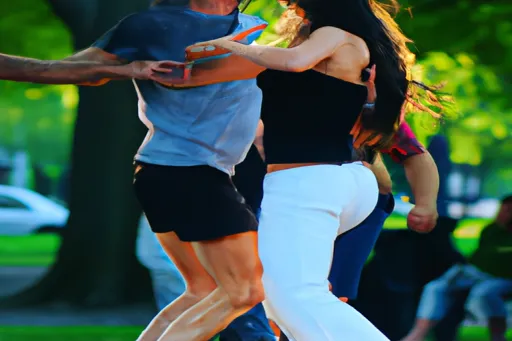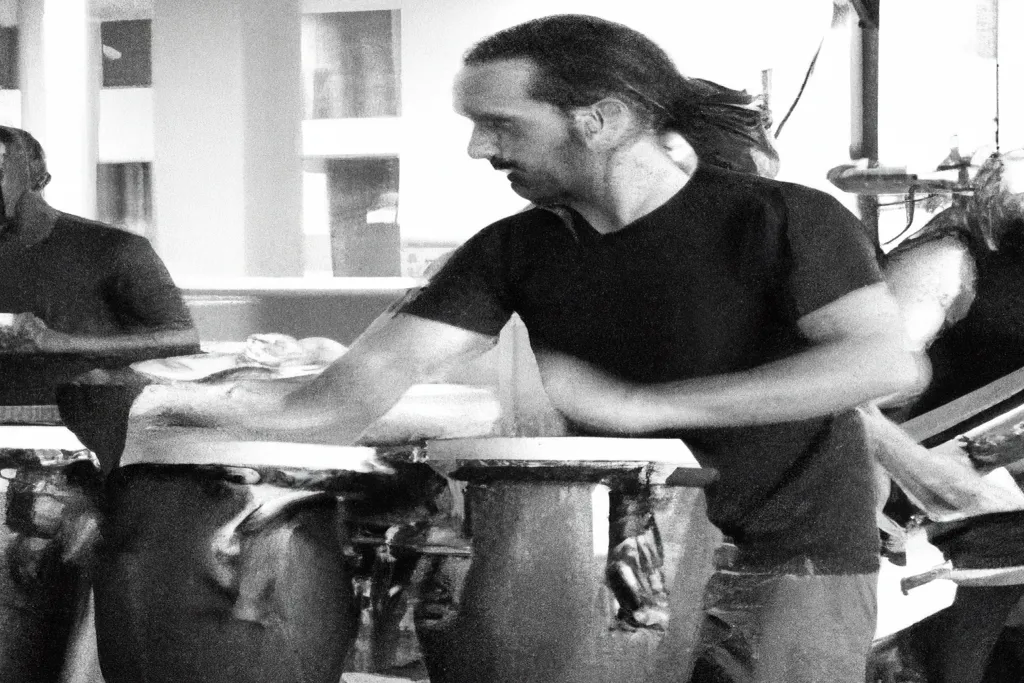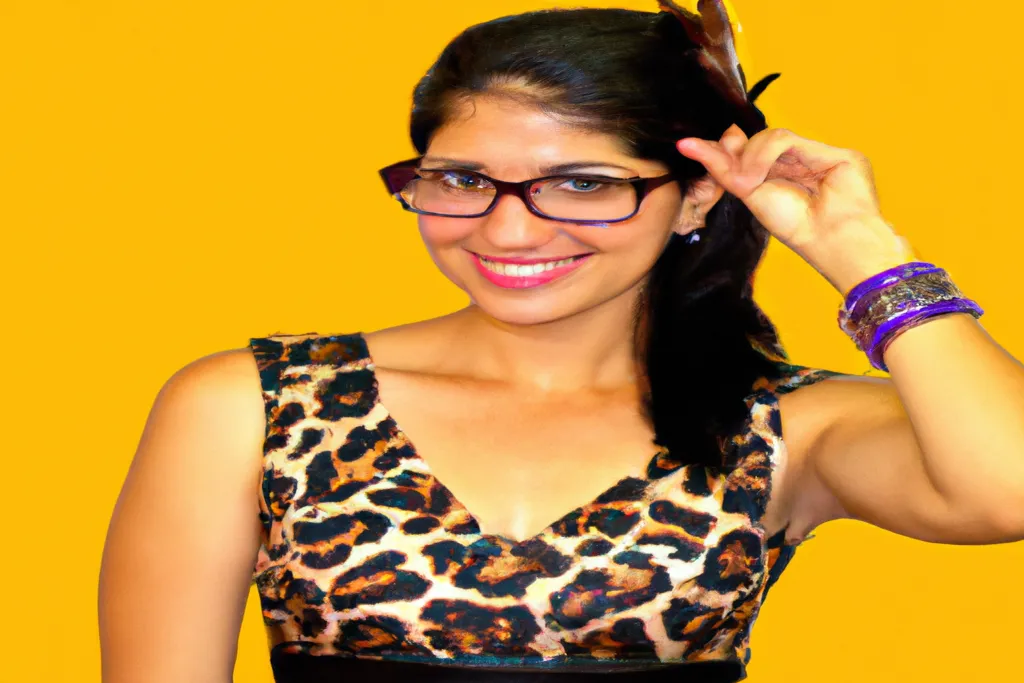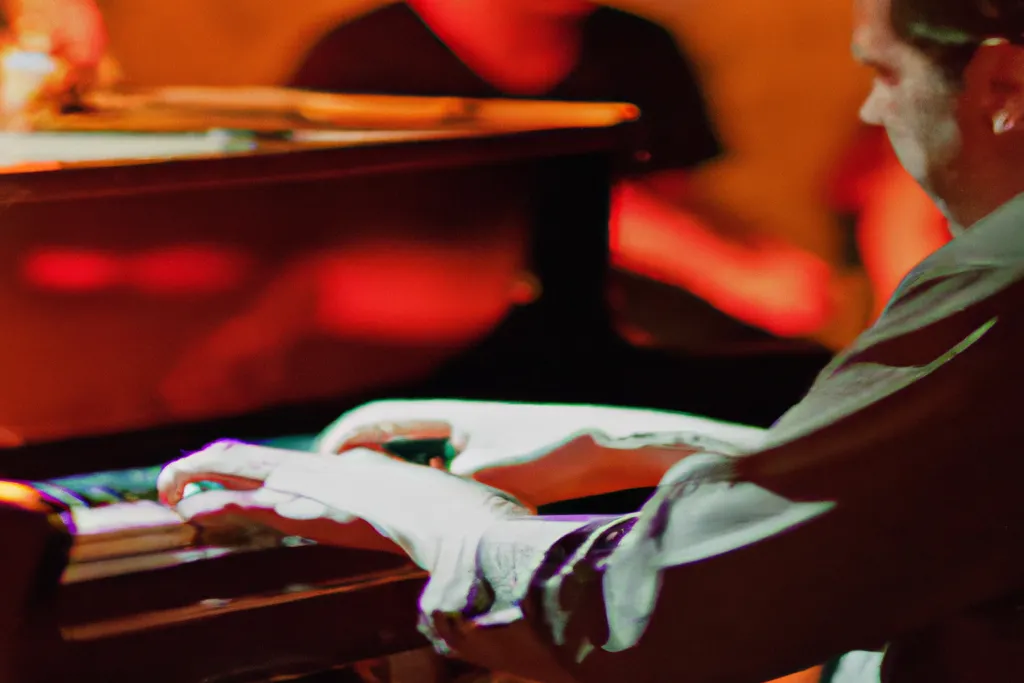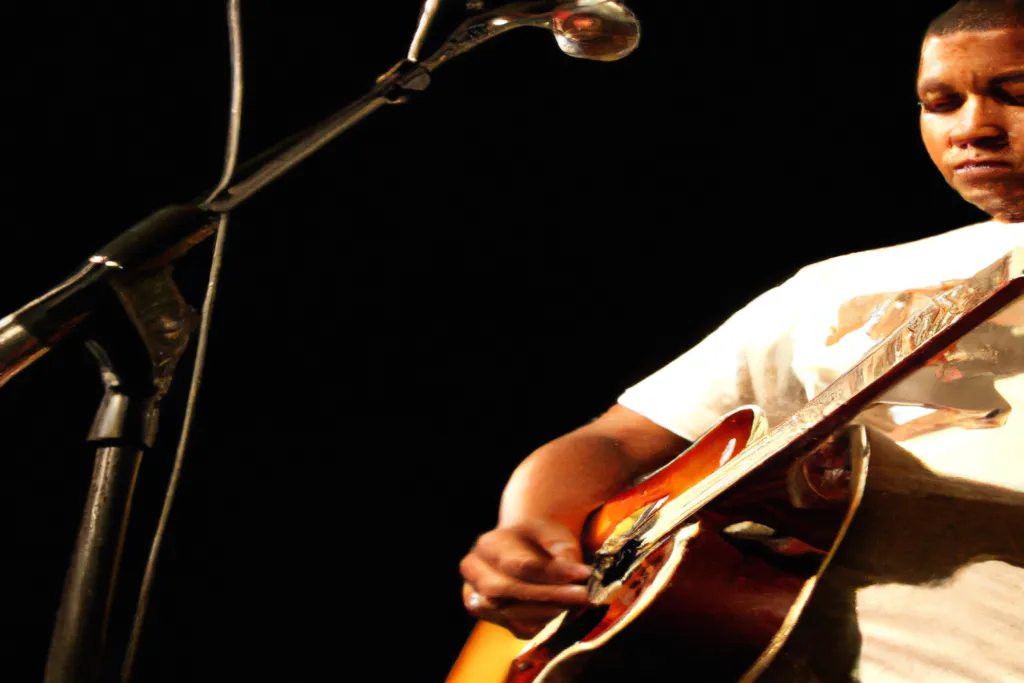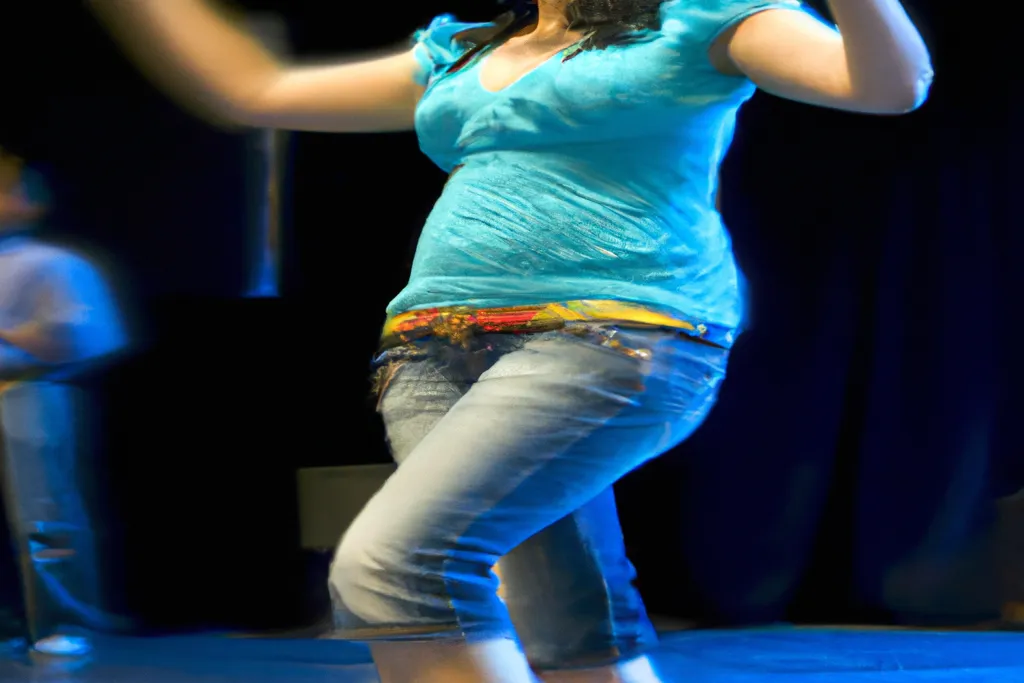The DMV (Washington D.C., Maryland, and Virginia) is not only known for its rich political history, iconic monuments, and diverse cultural tapestry but also for its thriving dance scene. For those with a love for Salsa, Bachata, Kizomba, and other Latin-inspired rhythms, the DMV offers a vibrant mix of festivals, dance studios, socials and clubs. Whether you’re a seasoned dancer or a beginner looking to explore these soulful styles, the region has something for everyone. Let’s take a tour of some of the best spots to experience dance in the DMV.
Festivals
Festivals are an integral part of the DMV dance scene. They bring together local and international talent, offering workshops, social dancing, and electrifying performances.
1. DCBX17 Festival (Washington D.C.)
One of the most popular festivals for Latin dance enthusiasts is the DC Bachata Congress or DCBX Festival. DCBX17 is scheduled to take place from August 20, 2025, at 5:00 PM EDT to August 25, 2025, at 8:00 AM EDT in Washington, D.C. This multi-day event draws attendees from around the world to celebrate Bachata, Salsa, Kizomba, and Zouk. The festival features workshops taught by world-renowned instructors, live performances, and dance socials that go on until the early morning hours.
Website: https://www.dcbachata.com
2. Capital Congress 2025 (Washington D.C.)
If Salsa is your passion, the Capital Congress in Washington, D.C. is a must-attend event. Scheduled for June 19 to June 23, 2025, this festival is one of the largest Latin dance events in the DMV area. It offers five days of performances, workshops, and social dancing. You'll have the opportunity to learn from top instructors and dance to live music by some of the best Latin bands in the industry.
Website: https://capitalcongress.com
Dance Studios
The DMV area is home to a plethora of dance studios that cater to dancers of all levels. Whether you're looking for formal lessons or drop-in classes, the studios in the DMV will get you moving.
1. The Salsa With Silvia Studio (Bethesda, MD and Washington D.C.)
With 2 locations in Bethesda Maryland and Washington D.C., Salsa With Silvia is one of the top destinations for those eager to master Salsa, Bachata, and other Latin dance styles. The studio offers group and private classes for dancers of all skill levels. Their instructors focus on technique, rhythm and body movement, ensuring you learn the proper foundations to dance confidently.
Website: https://www.salsawithsilvia.com
2. Crown Dance Studio (Fairfax, Virginia)
For those in Northern Virginia, Crown Dance Studio in Fairfax is a fantastic spot to dive into Salsa, Bachata, and Kizomba. They offer a wide range of dance styles but specialize in Latin rhythms. The studio’s instructors are not only skilled dancers but also exceptional teachers who make sure that even beginners feel comfortable on the dance floor.
Website: https://www.crowndancestudio.com
Clubs & Social Dancing Spots
After honing your skills at a dance studio or festival, it’s time to hit the clubs! The DMV area is home to a range of dance spots where you can practice your moves and enjoy live music and DJs.
1. The Salsa Room (McLean, Virginia)
A renowned venue for Latin dance in the DMV area, The Salsa Room in McLean, Virginia, offers a vibrant atmosphere with regular Salsa and Bachata nights. The club attracts dancers of all levels with its live DJ music, spacious dance floor and special events. Whether you're new to Latin dance or a seasoned pro, The Salsa Room is an ideal spot to enjoy a fun night out dancing to Salsa, Bachata, and other Latin rhythms.
Website: https://www.thesalsaroom.com
2. Bachata at Lima Twist Restaurant (Washington D.C.)
If you're looking for a vibrant night of Bachata dancing in Washington D.C., Lima Twist Restaurant is the place to be. With a stylish and modern setting, Lima Twist hosts regular Bachata nights, attracting dancers of all levels. Whether you're a seasoned Bachata dancer or just starting, this venue offers a welcoming environment for everyone to enjoy the music, food and dance floor. They also host Dinner and Dance Tuesdays, combining delicious dining with a fantastic night of dancing. Enjoy a meal and then take to the dance floor to move to the sounds of Bachata, Salsa and Kizomba.
Website: https://www.limatwist.com
3. Salsa Underground DC Social (Washington D.C.)
For an authentic and underground Salsa experience, Salsa Underground DC Social is one of the top social dance spots in Washington D.C. This event is known for its fun and laid-back vibe, attracting a diverse crowd of Salsa enthusiasts. This social also features DJs spinning the latest Salsa, Bachata and other Latin hits. It’s a great place to meet fellow local and out of town dancers while enjoying a full night of music and movement.
Website: https://www.salsaundergrounddc.com
Additional Dance Venues & Resources
For dancers seeking more events, socials, or special workshops in Salsa, Bachata or Kizomba, while visiting the DMV, there are several valuable resources to explore:
-
Eventbrite regularly updates with special Latin dance events happening throughout the DMV area, including workshops with international instructors, themed dance nights, and pop-up socials. Simply search for events in the DMV area to stay connected with the latest happenings in the local Latin dance scene.
Eventbrite: Bachata Events Salsa Events Kizomba Events
-
The Dancing in the DMV Facebook group provides updates on local dance nights, socials, workshops, and festivals happening throughout Washington D.C., Maryland, and Virginia. Whether you're looking for the latest Salsa or Bachata social or a weekend workshop, this group is a great way to stay connected to the DMV dance community.
Facebook Group: Dancing in the DMV
-
MIGENTE DMV offers a WhatsApp Social Group for real-time updates and information on dance events across the DMV. Join the group for up-to-the-minute status on where to dance, special events, and last-minute changes.
Website: MIGENTE DMV
-
SalsaNow Facebook page is a great resource for finding more events and Latin dance opportunities in the DMV area. SalsaNow regularly posts upcoming Salsa, Bachata, and Kizomba events, helping dancers stay in the loop with what's happening in the local scene.
Facebook Page: SalsaNow
-
The DC Kizomba Facebook group is a great resource for those interested in Kizomba dancing. It keeps the community updated on local Kizomba events, socials, and workshops happening around the DMV area.
Facebook Group: DC Kizomba
The DMV Dance Community
What makes dance tourism in the DMV so special is not just the sheer number of events and venues but the sense of community that ties everything together. Whether you’re attending a festival, taking a class at a local studio, attending a dance social or dancing the night away at a club, you’ll find the local dance scene welcoming and supportive. It’s a place where dancers of all backgrounds come together to share their love of Latin dance while also creating a vibrant and inclusive culture.
In the DMV, dance is more than just a pastime. It’s a celebration of culture, music, and human connection. Whether you're visiting for a weekend or planning to stay long-term, make sure to immerse yourself in DMV’s rich dance scene. You’ll leave with not only new moves but also unforgettable memories. You might also make a few new dance friends and share other global dance tourism destinations.
So pack your dance shoes and explore the rhythm-filled corners of Washington D.C., Maryland, and Virginia. Whether you love Salsa, Bachata or Kizomba, the DMV is ready to welcome you to its dance floors!

 No comments
No comments








